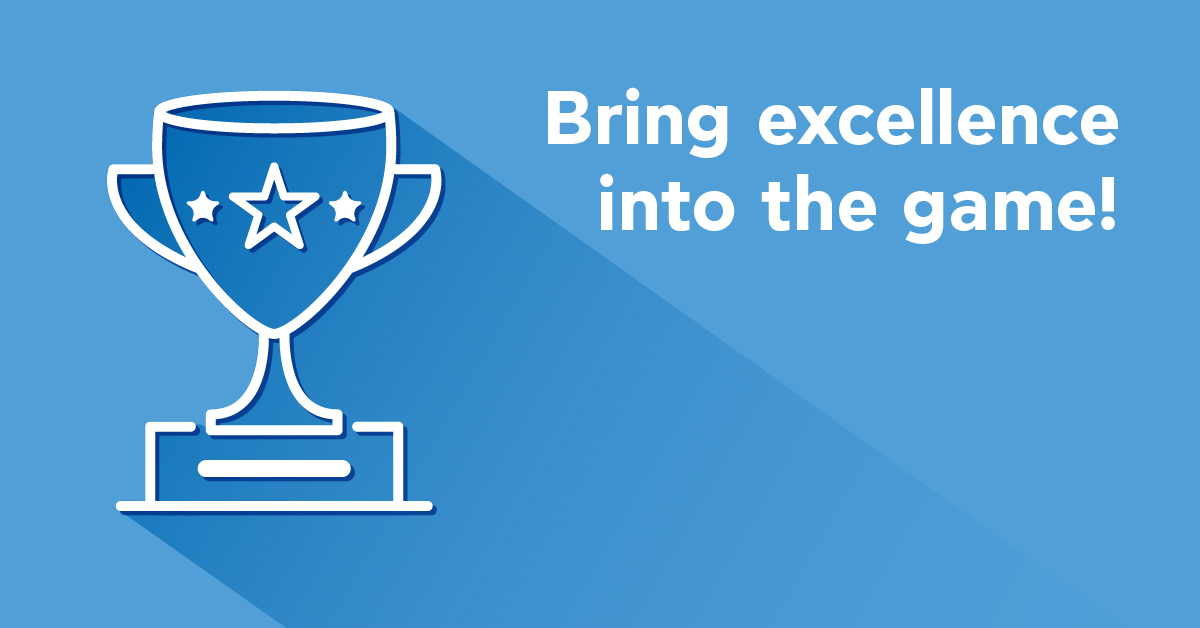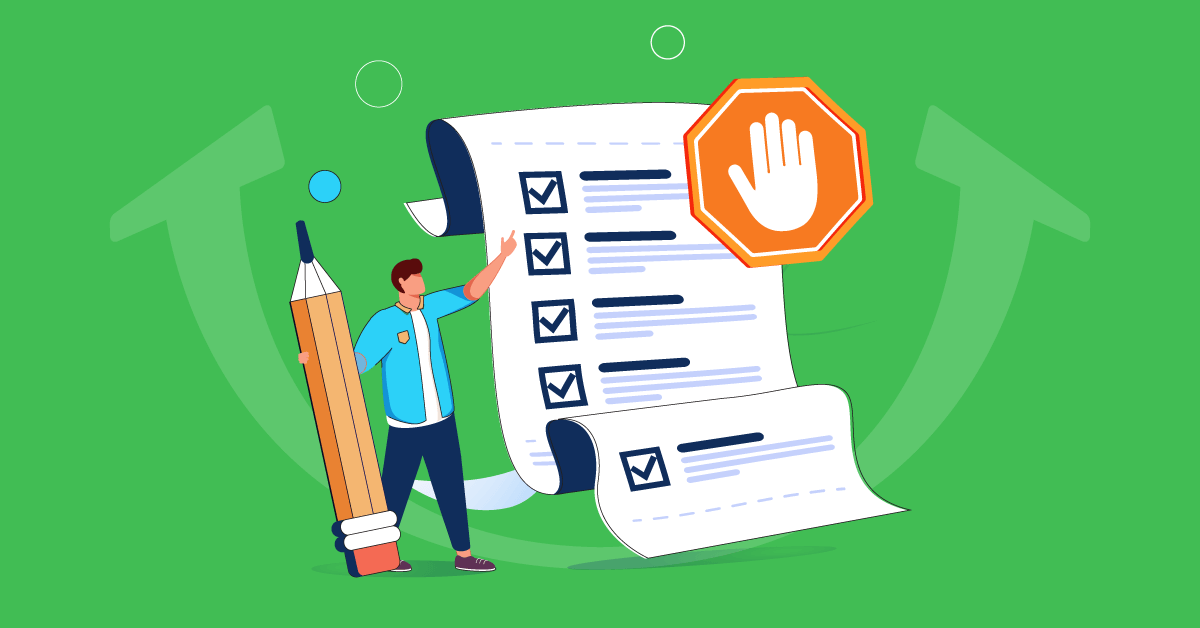How do organizations achieve excellence? What major factors and key roles need to be considered when creating learning and development programs (L&D) that lead to excellence? In this article, we’ll share with you the primary factors and stakeholders that enable an organization to achieve excellence.
By definition, excellence implies an above-standard quality of performance or work. Excellence is also recognized as a talent or a quality that exceeds all expectations. In a nutshell, excellence is all about doing your best; it’s about continuously raising standards; it’s about exceeding customer expectations.
In order to achieve excellence, organizations need to adopt self-assessment tools. These tools should measure the degree of knowledge creation, development, dissemination and management that occurs in the organization.
Research has indicated that knowledge is the single core factor that leads organizations to excellence. This includes, but is not limited to, lessons learned, experience sharing, peer mentoring and many other strategies that create organization-specific knowledge.
The next step after establishing organization-specific knowledge is benchmarking against best-practicing organizations. When you feel you are copying the best and the number one organizations, you may be carving your pathway towards excellence.
Excellence is established through improvement. It is determined by measuring goal acquisition. Excellence requires taking a hard look at the knowledge assets of the company. According to the EFQM Model of Excellence, if organizations want to achieve different results, they need to change the way knowledge is being utilized within the organizational culture.
To make this simple, consider a few questions to check whether an organization is moving towards excellence:
· Is the organizational knowledge static or dynamic?
· Who is responsible for creating the knowledge; the management or the general employees?
· Who is responsible for sharing the knowledge; the trainers or all employees?
· Which factors aid in decision making for the organization; consensus or key managers?
· How current are the benchmarking practices? When was the last time a self – assessment tool was used?
· How comfortable is the organization in adopting new ideas?
· What about creativity?
· How often do employees come up with new processes, procedures, and protocols?
These questions will help you define the degree of inclination your organization has towards excellence. They can also help define the gaps in your learning and performance.
A golden rule to remember is that knowledge is the driving force behind excellence.
In the current eBusiness environment, eLearning is the best method to enhance knowledge and awareness with employees.
Apart from using interactive eLearning programs, social media can also be used to distribute chunks of updates to employees. The goal is to keep everyone updated at all times so that timely decisions and actions can be made to prevent disasters and failures.
Another area worth researching within an organization is the lessons learned from failures. Employees should explain to their peers what went wrong, how it was solved, how the problem can be avoided and alternative solutions. This kind of analysis creates invaluable knowledge that is unique to an organization. It reveals the learning gaps and helps recommend eLearning courses that can minimize them.
The EFQM Model uses nine dimensions to evaluate organizational excellence. Notice that each of these nine dimensions can be improved upon with the aid of eLearning training programs.
Let’s determine how this is possible:
1. Leadership: Organizations have increasingly realized the value of leadership courses for all employees. Leadership values are directly linked with ethical practices. Business can improve operations only if employees receive regular leadership reminders through eLearning programs.
2. People: This dimension is related to the human knowledge capital. It deals with the degree to which employees receive professional development, are given creative freedom and are recognized for innovating ideas. In short, eLearning programs can be used to instill a positive organizational culture.
3. Policy and Strategy: Online learning platforms offer the opportunity to create transparent policies and strategies that can be discussed and enhanced by employees.
4. Partnership and Resources: Organizing and utilizing resources as well as forming strategic partnerships are major decisions. These need to be well-informed decisions, therefore leadership teams must be well-versed in best practices, a task easily undertaken through eLearning programs.
5. Processes: eLearning programs for on-the-job-training and job-aids can explain processes much better than an oral demonstration by a fellow employee. In fact, simulations can be used to enable practice and error-correcting in a safe environment.
6. People Results: This is the evaluation stage of knowledge application by employees. It also helps measure the degree of satisfaction and morale improvement experienced by employees, after applying knowledge management and eLearning training programs in the organization.
7. Customer Results: This measures the level of customer satisfaction and trust in the organization as a result of improved knowledge management practices.
8. Society Results: The publicity, press and social media sentiments about the organization.
9. Key Performance Results: The overall performance is articulated with organizational strategic goals. If performances are not up to par, eLearning training can be prescribed and administered.
Achieving excellence in a business requires constant eLearning development and distribution. Knowledge is a precursor of innovation. Use the questions in this article to measure whether your company is moving towards organizational excellence. Then prescribe eLearning programs to fill the learning gaps.
| Tags: Employee Training



